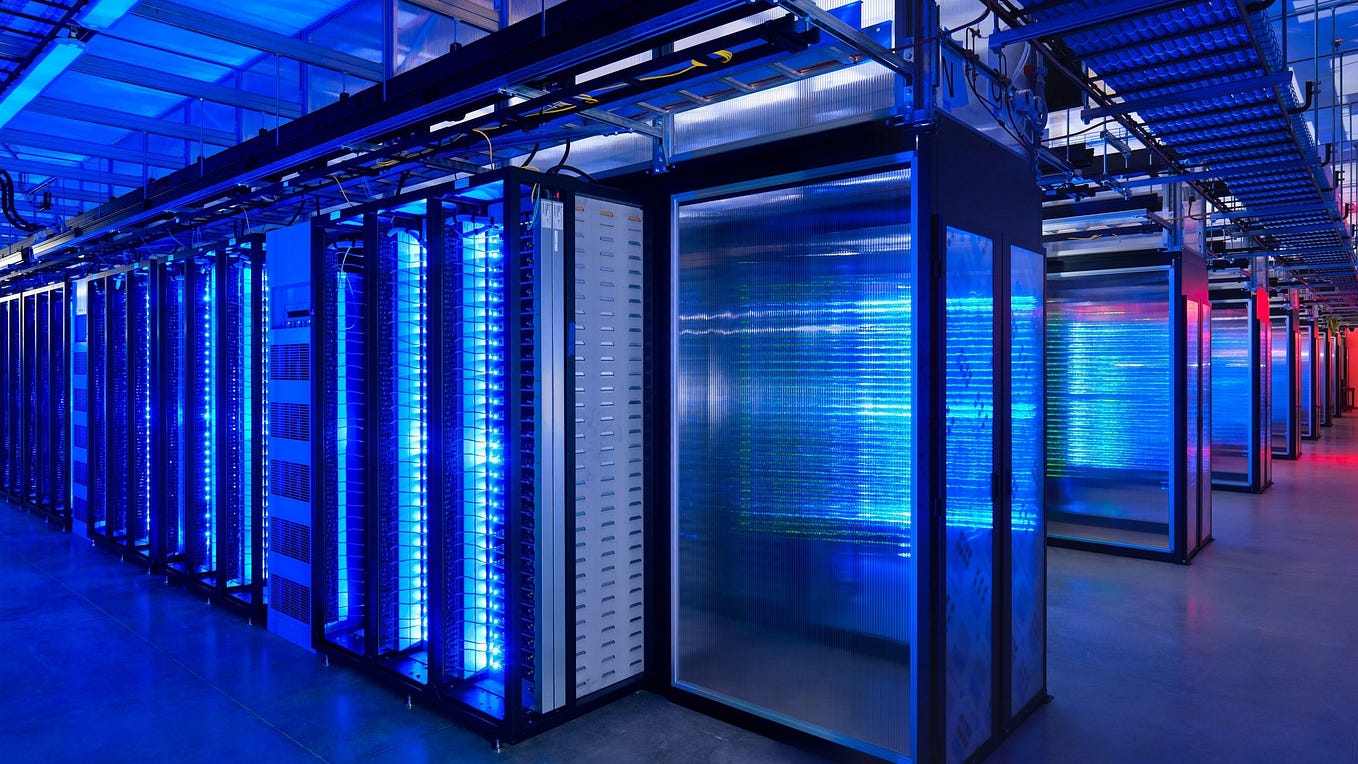The Intelligence Behind AI Comes at an Environmental Cost
Artificial Intelligence is no longer a futuristic concept—it’s powering your smartphone, helping doctors detect disease, making traffic smoother, and writing emails for you. But there’s something AI doesn’t want to admit: it’s incredibly power-hungry.
Training just one large AI model can emit as much carbon as five cars over their lifetimes. And with more companies racing to develop smarter, faster algorithms, the demand for computing power—and energy—is exploding.
What’s Driving AI’s Carbon Footprint?
Every time an AI model is trained or used, it relies on massive data centers filled with GPUs and servers, which generate heat and require cooling—lots of it. These data centers often draw power from the local grid, which in many countries is still dominated by fossil fuels.
Here’s what contributes to AI’s environmental toll:
- Training large models (like ChatGPT, Bard, etc.) can consume millions of kilowatt-hours of electricity.
- Running AI at scale (such as voice assistants, real-time translation, or recommendation engines) demands constant energy for inference.
- Cooling systems used in data centers can consume up to 40% of the facility’s total energy.
Clean Energy Isn’t Just a Bonus—It’s the Missing Piece
To build AI that’s truly “smart,” we need more than cutting-edge algorithms. We need clean energy to power them.
- Renewable energy sources like solar, wind, hydro, and geothermal offer a path to drastically reduce AI’s carbon emissions.
- Some tech companies are already investing in green data centers powered entirely by renewables, but adoption is uneven across the industry.
- AI + Clean Energy = Climate Ally — AI can help optimize energy grids, predict renewable output, and manage resources better—but only if it walks the sustainability talk itself.
The Paradox: AI Can Save the Planet—But Only If It Stops Harming It
AI holds the promise to solve complex climate challenges:
- Predicting extreme weather patterns
- Optimizing energy consumption
- Detecting deforestation and emissions in real time
But if the very infrastructure behind these solutions runs on dirty energy, we’re creating a self-defeating cycle.
What Can Be Done? A Smarter AI Starts With Smarter Choices
- Governments must enforce stricter emission standards for data centers.
- Tech companies should commit to 100% renewable energy goals—not just carbon offsets.
- Users can support sustainable AI by choosing platforms and tools that prioritize green computing.
- Transparency is key—AI companies must report the energy and emissions behind their tools.
Conclusion: Real Intelligence Is Sustainable
AI is revolutionizing our world—but intelligence without responsibility is shortsighted. Clean energy isn’t just an upgrade—it’s a necessity. If AI is to be the engine of progress, it must be powered by something better than carbon: it must be powered by conscience.














Leave a comment